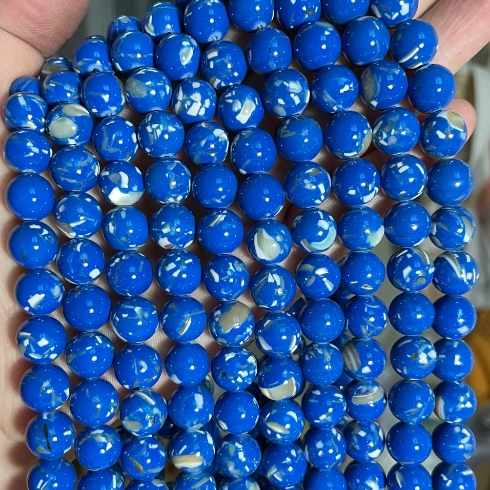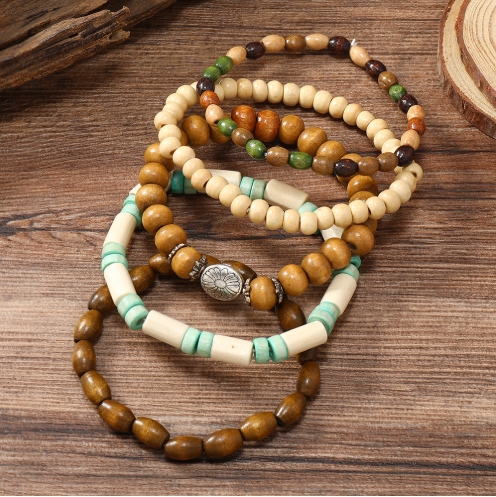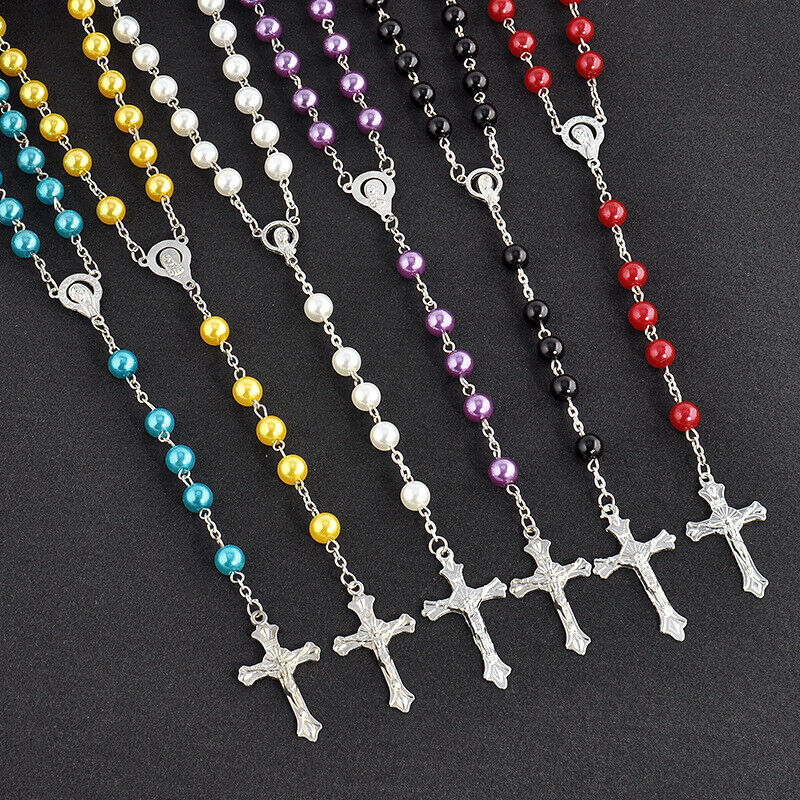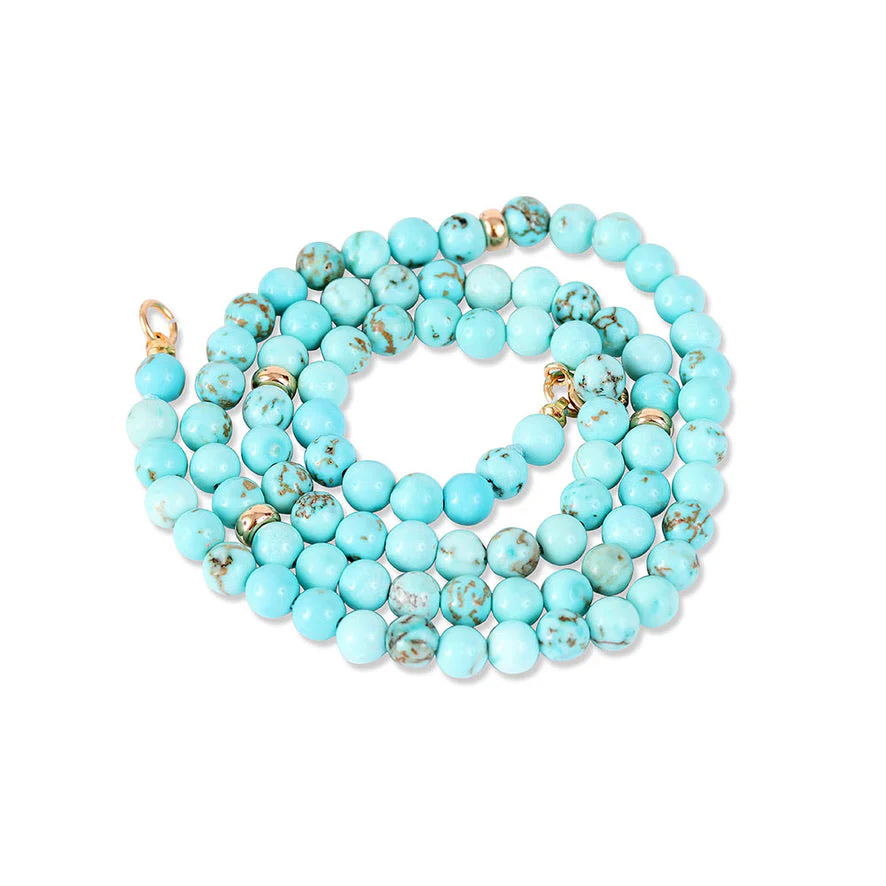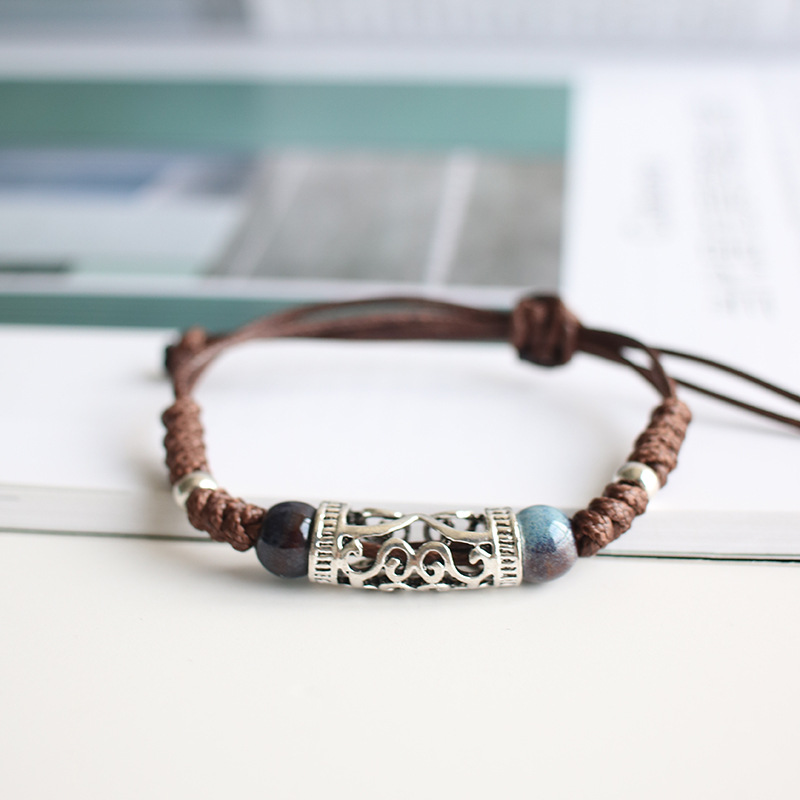Summary
Additionally, online shopping provides access to rare and eco-friendly beads that might not be available locally, along with various payment methods to ensure secure transactions. Offline stores, on the other hand, offer a tactile and interactive shopping experience that many consumers find invaluable. The ability to see, touch, and try beads before purchasing can enhance satisfaction and confidence in the buying decision. Offline shopping also allows for immediate gratification, as customers can take their purchases home instantly, and provides direct access to knowledgeable staff for personalized assistance. Moreover, brick-and-mortar stores often feature unique or specialized items and foster a social atmosphere that can make shopping a more enjoyable activity. The choice between online and offline bead stores ultimately depends on individual preferences and needs. While online stores excel in variety, convenience, and price comparison, offline stores provide a sensory and immediate shopping experience with personalized customer service. Each method also presents its own set of challenges, such as the solitary nature of online shopping and the limited reach of physical stores. Overall, both online and offline stores play crucial roles in the bead retail industry, offering diverse options for consumers and contributing to the market’s growth. Understanding the strengths and limitations of each can help shoppers make more informed decisions and find the best quality beads for their crafting and jewelry projects.
Online Stores
Online shopping for beading supplies offers numerous advantages that make it a popular choice among crafters and jewelry makers. The convenience of browsing and purchasing products from the comfort of one’s home is a significant factor
. Online stores often provide a broader range of products compared to physical stores, allowing shoppers to access an extensive variety of beads, findings, tools, and materials from around the world. This includes rare gemstone beads and eco-friendly options that might not be available locally. Another notable benefit of online stores is the ease of price comparison and budgeting. Shoppers can quickly compare prices across multiple websites to find the best deals and discounts, making it easier to stick to a budget. Additionally, many online retailers offer cash-back incentives through platforms like Rakuten, which can offset shipping costs and provide further savings. Online stores also excel in offering a seamless shopping experience. Customers can read reviews, recommendations, and ratings from other buyers to make informed purchasing decisions. The ability to shop 24/7 without the constraints of store hours adds to the convenience, making it possible to shop at any time that suits the customer. Furthermore, online stores often accept various payment methods, including credit/debit cards and digital wallets, ensuring secure and convenient transactions.
Offline Stores
Offline stores offer a unique shopping experience for those looking to purchase quality beads. While the tactile and interactive nature of in-person shopping remains a significant draw, there are several additional benefits to consider.
Variety and Selection
Offline stores may not offer the same extensive range of products as online retailers, but they often carry unique or specialized items that can be challenging to find online. This variety allows customers to explore local businesses and discover hidden gems that are not available through digital platforms
.
Social Interaction and Experience
One of the key advantages of shopping in physical stores is the social interaction it entails. Shoppers can engage directly with knowledgeable store staff who can provide expert guidance and recommendations. This hands-on experience allows consumers to see, touch, and try products before making a purchase, enhancing their overall satisfaction
. Additionally, shopping in brick-and-mortar stores can be a social activity enjoyed with friends or family, adding a layer of enjoyment to the shopping process.
Immediate Gratification
In offline stores, customers benefit from immediate access to products. This means they can walk out of the store with their purchases, without the need to wait for shipping or worry about delivery charges
. This instant gratification is a significant advantage over online shopping, where delays in shipping can occur.
Price Comparison and Discounts
While price comparison in offline stores can be more time-consuming compared to online shopping, physical stores frequently offer in-store promotions, seasonal sales, and loyalty programs that can lead to significant cost savings. Shoppers also have the opportunity to negotiate prices in some cases, adding an element of flexibility to their purchasing decisions
.
Returns and Customer Service
Offline stores provide immediate access to customer service, allowing shoppers to seek help in person for any inquiries or issues they may have. This direct interaction can simplify the process of returns or exchanges, as customers can discuss their concerns face-to-face with store staff. However, return policies may vary between stores, and the process may not always be as straightforward as online returns
.
Sustainability and Environmental Impact
Many offline retailers are increasingly focusing on sustainability and nature conservation. This includes efforts to reduce disposable packaging, offer biodegradable or reusable alternatives, and implement recycling programs. Such measures not only contribute to environmental preservation but also cater to the growing demand from environmentally conscious consumers. Local producers and eco-friendly materials are often prioritized, fostering sustainable and responsible business practices
.
Comparison of Online and Offline Stores
In today’s digital age, consumers have the flexibility to shop for beads both online and offline, each method offering distinct advantages and disadvantages. Understanding these differences can help shoppers make more informed decisions based on their needs and preferences.
Advantages of Offline Stores
Offline stores provide a tangible shopping experience, allowing customers to physically see, touch, and try the beads before making a purchase. This sensory interaction can significantly enhance customer satisfaction and confidence in their buying decisions
. Additionally, offline shopping offers immediate gratification, enabling customers to take their purchases home right away, which is especially beneficial for urgent or last-minute needs. Offline stores also excel in personalized customer service. Shoppers can receive immediate assistance from knowledgeable staff, who can answer questions and offer tailored recommendations, creating a more engaging and interactive shopping experience. Furthermore, offline stores can offer unique or specialty items that may not be readily available online, allowing shoppers to discover rare finds.
Disadvantages of Offline Stores
However, offline stores are limited by their physical locations, which can restrict their reach to potential customers. Expanding to new markets requires opening additional stores, which can be both costly and time-consuming
. Additionally, price comparison in offline stores can be more time-consuming, though some physical stores do offer in-store promotions and loyalty programs that can lead to cost savings.
Advantages of Online Stores
Online stores provide unparalleled convenience, allowing customers to shop from anywhere at any time, thus eliminating the need for physical travel and waiting in lines
. This makes online shopping accessible to a global audience, vastly expanding the customer base and potential sales for retailers. Online shopping also simplifies price comparison, as numerous tools and websites are available to help consumers find the best deals. Moreover, online stores often feature extensive product ranges from various brands, offering a wider selection than most offline stores. Effective online interfaces can enhance the shopping experience by allowing customers to quickly find and compare products, which has been shown to improve customer satisfaction and loyalty.
Disadvantages of Online Stores
Despite these advantages, online shopping can be a solitary experience, lacking the social interaction and immediate assistance provided in physical stores
. Some online platforms do incorporate social features like reviews and chat support to mitigate this issue, but it does not fully replicate the personal touch of in-store shopping. Additionally, while online prices are often perceived as lower, a study by MIT Sloan Prof. Alberto Cavallo found that prices in multi-channel retailers are identical about 72% of the time for products sold both online and offline. This similarity is especially true for sectors like apparel and electronics, although there are variations in other sectors such as drug stores and office supplies.
Tips for Buying Quality Beads
When purchasing beads for your jewelry or crafting projects, the quality of the beads is paramount. High-quality beads not only enhance the aesthetic appeal of your creations but also ensure the longevity and durability of the finished pieces.
Identify High-Quality Beads
Material and Manufacturing Consistency
The journey into the world of high-quality beads begins with understanding the materials from which the beads are made. Common materials include glass, metal, wood, gemstones, and synthetics such as acrylic and plastic. Each material has its own set of qualities that can denote high caliber. For example, glass beads, particularly those from renowned origins like Czech glass or Murano glass, are prized for their clarity, vibrant color, and uniformity
. These glass beads should have a smooth surface without any cracks or bubbles, and their precision cut should reflect consistent shape and size across a strand.
Special Finishes
Beads come in different colors, shapes, sizes, and materials, and some may have special finishes like matte or glossy. Choosing beads with the appropriate finish for your project can significantly impact the final product’s look and feel
. For instance, if you are creating a bracelet, selecting beads with different shapes and sizes might add an intriguing visual element to your design.
Brand and Origin
The origin and brand of the beads can also be indicators of quality. For luxurious and high-end jewelry, crystal beads from renowned brands are ideal due to their high sparkle factor and precision cuts
. On the other hand, metal beads, available in various finishes like classic silver, gold, trendy gunmetal, and copper, can add a polished and timeless quality to designs.
Check the Grades
Each precious and semi-precious stone has a grade assigned to it, similar to the grading system for gold. Understanding these grades can help you assess the quality of the beads you are purchasing. For precious stones, the grades typically indicate the quality of cuts, transparency, hue, and the number of inclusions
.
- Grade A: Best quality cuts, highest transparency, the best hues, and least number of inclusions.
Budget Considerations
While you can find beads at many different price points, it is often worth investing in higher-quality beads that will last longer and look better in your finished project
. However, it is also important to balance quality with your budget. Affordable options like plastic and acrylic beads can be versatile and suitable for a wide range of designs, especially for everyday wear or high-activity situations where durability is crucial.
Current Market Trends in Bead Retail Industry
The bead retail industry is experiencing significant growth driven by various factors including evolving fashion trends, the rise of handicrafts, and the expansion of e-commerce platforms. The global bead products market reached a value of US$ 17.0 billion in 2023 and is projected to grow at a compound annual growth rate (CAGR) of 7.65% to reach US$ 32.9 billion by 2032
. This growth is attributed to the increasing use of bead products in fashion and home décor applications, as well as the introduction of innovative products such as magnetic beads.
Regional Market Dynamics
The bead products market is globally segmented into regions including North America, South America, Europe, Asia Pacific, and the Middle East and Africa
. Extensive research has provided insights into historical trends and future demand across these regions. Notably, developing countries such as China, India, and Brazil are witnessing a surge in demand due to rising working-class populations and expanding e-commerce platforms.
Product and Consumer Trends
There is a notable shift towards eco-friendly and sustainable materials in bead production, with companies increasingly using wood, bone, and stone to appeal to environmentally conscious consumers
. Social media platforms, particularly Instagram, play a crucial role in influencing market trends. Companies are leveraging these platforms to launch innovative designs like beaded bow earrings and polished gemstone bead necklaces, thereby expanding their customer base.
Distribution Channels
The distribution channels for bead products are diverse, encompassing both online and offline methods. Online platforms continue to gain traction, facilitating easier access to a variety of bead products for consumers globally. Offline channels remain vital, with fairs, tradeshows, large retail formats, and small retail formats contributing to the market dynamics
. Omnichannel retail strategies are increasingly important, integrating online and offline channels to provide a seamless shopping experience for consumers.
Consumer Behavior and Sustainability
Consumer preferences are evolving, with a growing inclination towards brands that prioritize sustainability and corporate social responsibility (CSR). Research indicates that 77% of shoppers are motivated to purchase from businesses committed to making a positive impact on the world, while 55% believe companies should take a stand on key environmental, political, and social issues
. As a result, bead retailers are focusing on ethically sourced products and sustainable business practices to align with consumer values.
Future Outlook
Looking ahead, the bead retail industry is poised for continued growth. Retailers who embrace omnichannel strategies and prioritize sustainability are expected to thrive. The integration of digital transformation and customer-centric approaches will be key in adapting to changing consumer demands and maintaining competitiveness in the market
.
